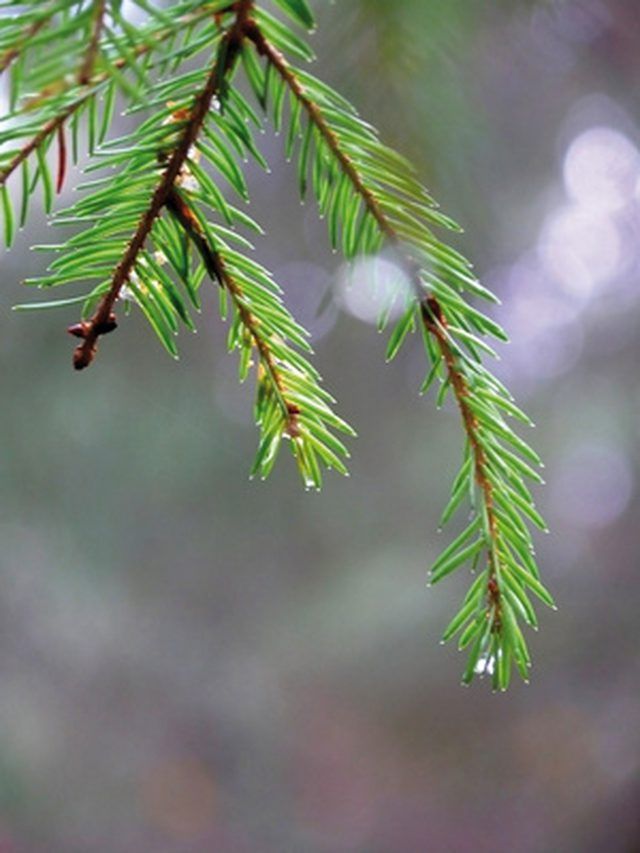Bulbs
Flower Basics
Flower Beds & Specialty Gardens
Flower Garden
Garden Furniture
Garden Gnomes
Garden Seeds
Garden Sheds
Garden Statues
Garden Tools & Supplies
Gardening Basics
Green & Organic
Groundcovers & Vines
Growing Annuals
Growing Basil
Growing Beans
Growing Berries
Growing Blueberries
Growing Cactus
Growing Corn
Growing Cotton
Growing Edibles
Growing Flowers
Growing Garlic
Growing Grapes
Growing Grass
Growing Herbs
Growing Jasmine
Growing Mint
Growing Mushrooms
Orchids
Growing Peanuts
Growing Perennials
Growing Plants
Growing Rosemary
Growing Roses
Growing Strawberries
Growing Sunflowers
Growing Thyme
Growing Tomatoes
Growing Tulips
Growing Vegetables
Herb Basics
Herb Garden
Indoor Growing
Landscaping Basics
Landscaping Patios
Landscaping Plants
Landscaping Shrubs
Landscaping Trees
Landscaping Walks & Pathways
Lawn Basics
Lawn Maintenance
Lawn Mowers
Lawn Ornaments
Lawn Planting
Lawn Tools
Outdoor Growing
Overall Landscape Planning
Pests, Weeds & Problems
Plant Basics
Rock Garden
Rose Garden
Shrubs
Soil
Specialty Gardens
Trees
Vegetable Garden
Yard Maintenance
How to Plant Douglas Fir Seeds
How to Plant Douglas Fir Seeds. There are two types of Douglas fir trees: the Rocky Mountain Douglas fir and the Coast Douglas fir. The Douglas fir is characterized by a cone shape and bluish-green colored needles that can grow to be up to 1 1/2 inches long. Because of its uniform shape, Douglas fir is a popular variety of Christmas tree. Growing...

There are two types of Douglas fir trees: the Rocky Mountain Douglas fir and the Coast Douglas fir. The Douglas fir is characterized by a cone shape and bluish-green colored needles that can grow to be up to 1 1/2 inches long. Because of its uniform shape, Douglas fir is a popular variety of Christmas tree. Growing Douglas fir seeds is easy, and the tree will grow at a rate of 1 to 2 feet per year once the seeds germinate.
Things You'll Need
Douglas tree cones
Paper towel
Newspaper
Bowl
Water
Plastic sandwich bag
Refrigerator
6-inch deep container
Well-drained potting soil
Pencil
Low-nitrogen fertilizer
Preparing the Seeds
Locate an existing Douglas fir tree in late fall and gather cones from it. Look for cones that are slightly open, which indicates that the seeds are fully formed. Place a paper towel on a hard surface and tap the cone on it to release the seeds from the cone.
Rub the seeds between your fingers to remove the thin, paper-like coating that encapsulates each seed.
Place the seeds into a bowl of cool water and allow them to soak for 24 hours.
Remove the seeds from the water. Lay the seeds in a single layer on top of newspaper or paper towels to dry. Allow the seeds to dry completely, which usually takes another 24 hours.
Insert the seeds into a plastic sandwich bag and seal the bag shut, making sure that there is plenty of air inside the bag. Place the bag into a refrigerator until late February.
Planting the Seeds
Fill a 6-inch deep container with course, well-drained potting soil until it is full to the top.
Insert a pencil into the soil and create holes that are 2 to 3 inches deep. Space the holes at a distance of 4 inches apart.
Place two Douglas fir tree seeds into each hole and cover the holes with additional potting soil.
Water the container well so that the soil is moist but not soggy.
Fertilize the seeds with a liquid fertilizer that is low in nitrogen. Mix the fertilizer according to the instructions on the fertilizer packaging.
Place the containers in an indoor location that maintains a temperature of 70 degrees F. Keep the soil constantly moist, and the seeds will germinate in approximately four to six weeks.